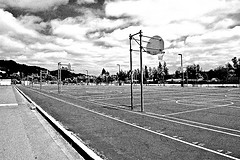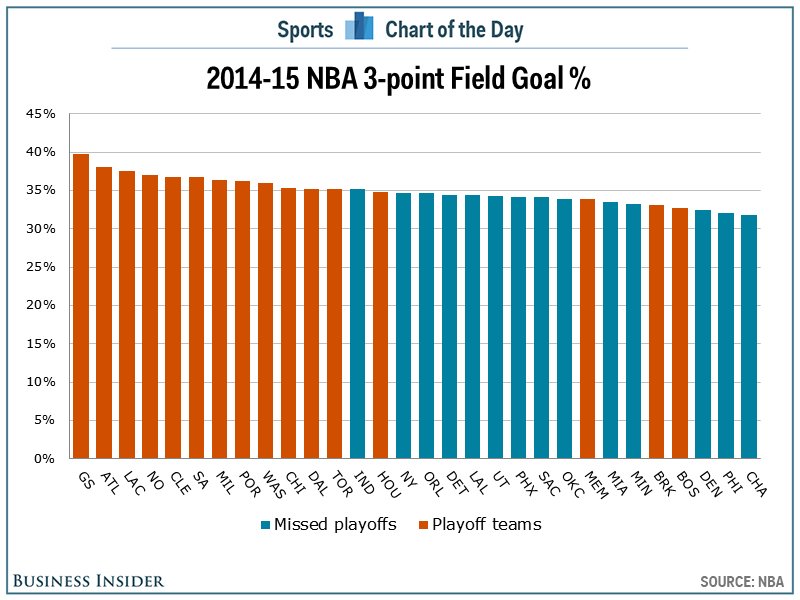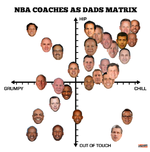Your culture is defined by who you're willing to re-hire
First the news on how owner and Class A jerk, James Dolan continues to destroy my single, favorite sports team, the New York Knicks. From the Deadspin piece The Knicks and their Owner James Dolan, Are Shameless Garbage:
Earlier today, James Dolan announced that Isiah Thomas, who once sexually harassed one of his co-workers while he was head coach of the Knicks, was going to be named president of the WNBA’s New York Liberty. To most people, putting a sexual harasser in charge of a women’s basketball team is a bad look, but the Knicks would like those people to know that they don’t care about bad looks.
For those who might not be familiar with the entire back story, the facts of the case are these. 
1. Isiah Thomas was once the Head Coach and President of Basketball Operations for the New York Knicks from 2006 - 2008
2. In October of 2007, a Federal Court in Manhattan, in response to a claim by a female former team executive, Anucha Browne Sanders, ruled that Thomas had sexually harassed Sanders, and that Madison Square Garden, the owner of the team, improperly fired her for complaining about the unwanted advances.
3. Sanders was awarded $11.6 million in punitive damages from the Garden and James L. Dolan, the chairman of Cablevision, the parent company of the Garden and the Knicks. Of that figure, $6 million was awarded because of the hostile work environment Mr. Thomas was found to have created, and $5.6 million because Ms. Browne Sanders was fired for complaining about it.
4. After finally being fired by the team in 2008, Thomas has drifted in and out of several basketball roles, serving as a college coach at Florida International for a bit, and recently as a TV commentator.
5. And now, yesterday, the aforementioned James Dolan, who still presides over the Knicks and their Women's NBA team, the New York Liberty has not only re-hired the sexual harrasser Thomas, he has also placed him in a position of authority for the WNBA's Liberty. If you were a player or coach on the Liberty you can't be feeling really happy about reporting to a confirmed workplace sexual harasser like Thomas.
I think if I had to pick one, singular data point from the sea of human capital data and information that is available to organizations today that reveals the most about an organization's culture and what it is they believe in (if anything), it would be which former employees that they are or are not willing to re-hire.
Initial hiring is kind of a crap shoot, even the best shops make 'bad' hires every so often. And really great organizations are sometimes guilty of waiting too long to pull the lever on a termination, even when it is justified or the person is just not working out. It happens.
But the bad hire on a re-hire? That should NEVER happen. The people you are willing to re-hire and who you are done with forever tells anyone what kind of an organization that you want to be. You know exactly who these people are, what they can do, and whether or not you would be proud to have them represent your organization.
The Knicks, it seems, want to be an organization that no one can take pride in.

 Steve
Steve




